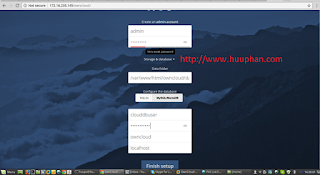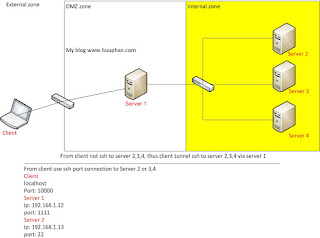How to install ibus-bogo on fedora 25

How to install ibus-bogo on fedora 25. I'm running commands as privileged ! To download ibus-bogo-0.4-12.fc26.noarch.rpm wget https://kojipkgs.fedoraproject.org//packages/ibus-bogo/0.4/12.fc26/noarch/ibus-bogo-0.4-12.fc26.noarch.rpm To install ibus-bogoon fedora 25 sudo rpm -ivh ibus-bogo-0.4-12.fc26.noarch.rpm To configure ibus-bogo on fedora 25 ibus-daemon & ibus restart ibus-setup Note: for program writen QT, example: skype... vim ~/.bash_profile The content as following: export GTK_IM_MODULE=ibus export QT4_IM_MODULE=xim export QT_IM_MODULE=xim export XMODIFIERS=@im=ibus To after, logout and login. Thanks for reading!





